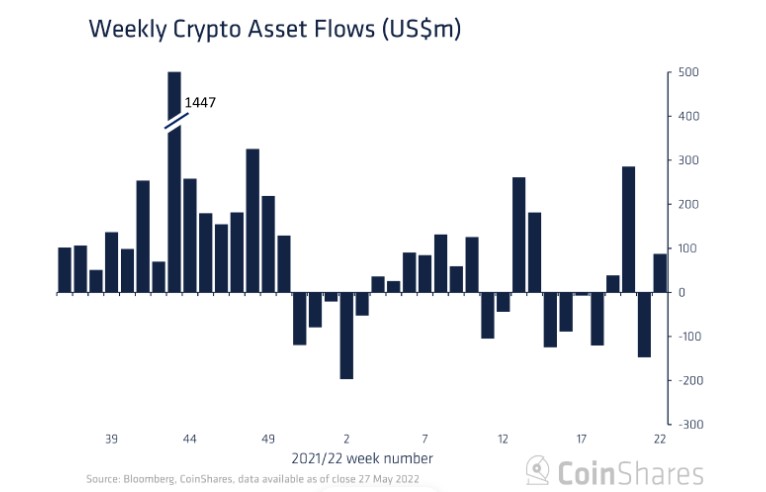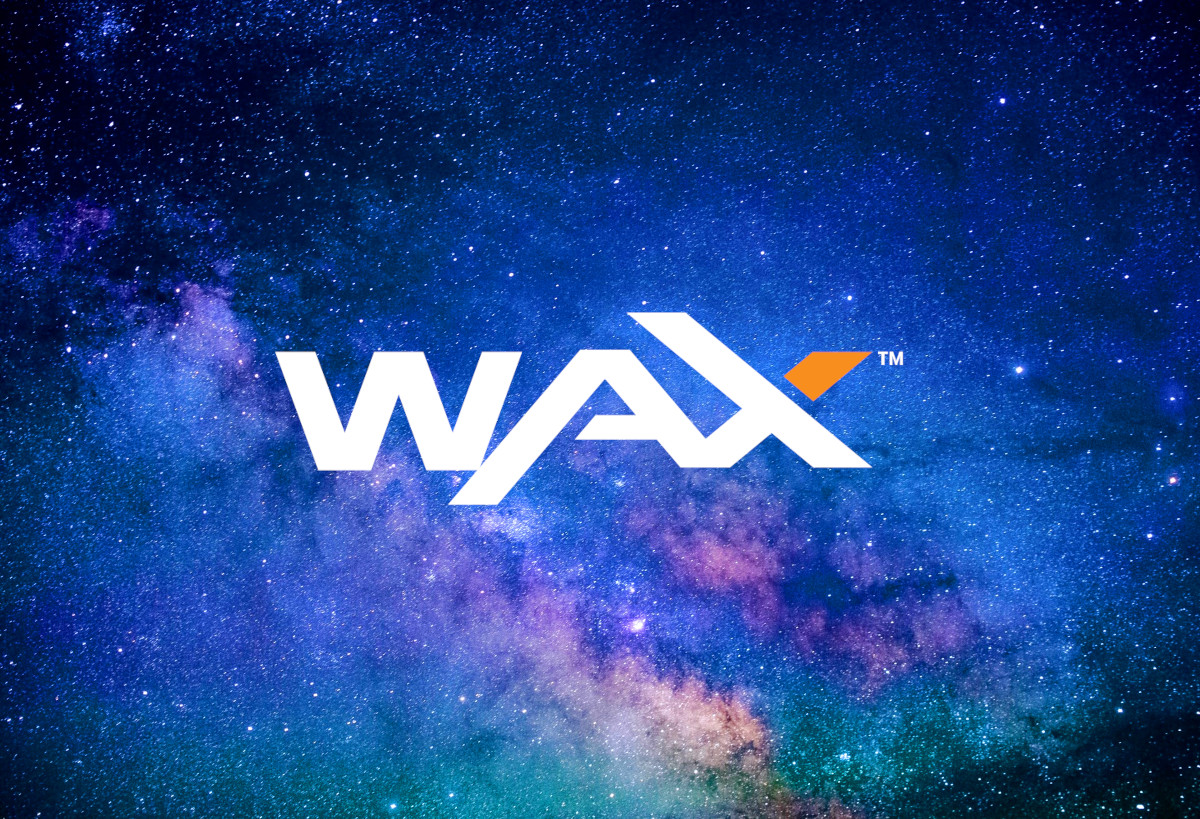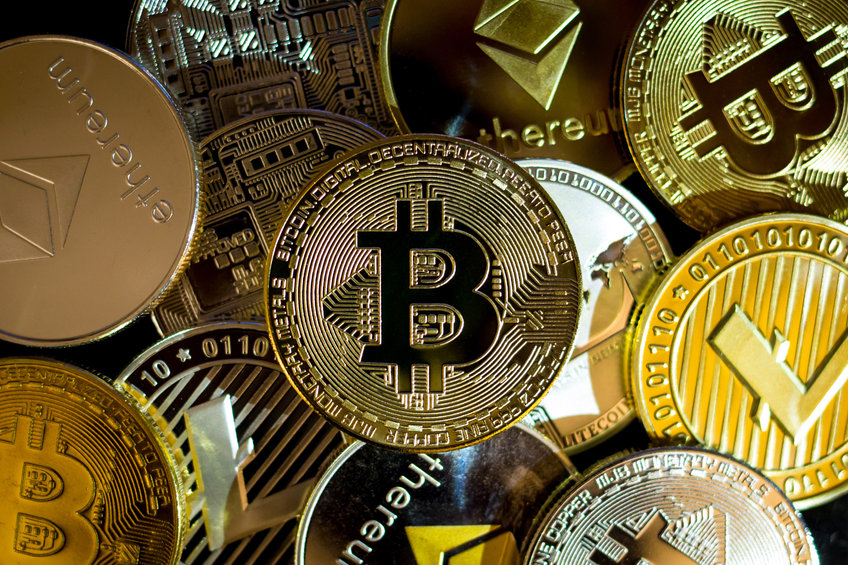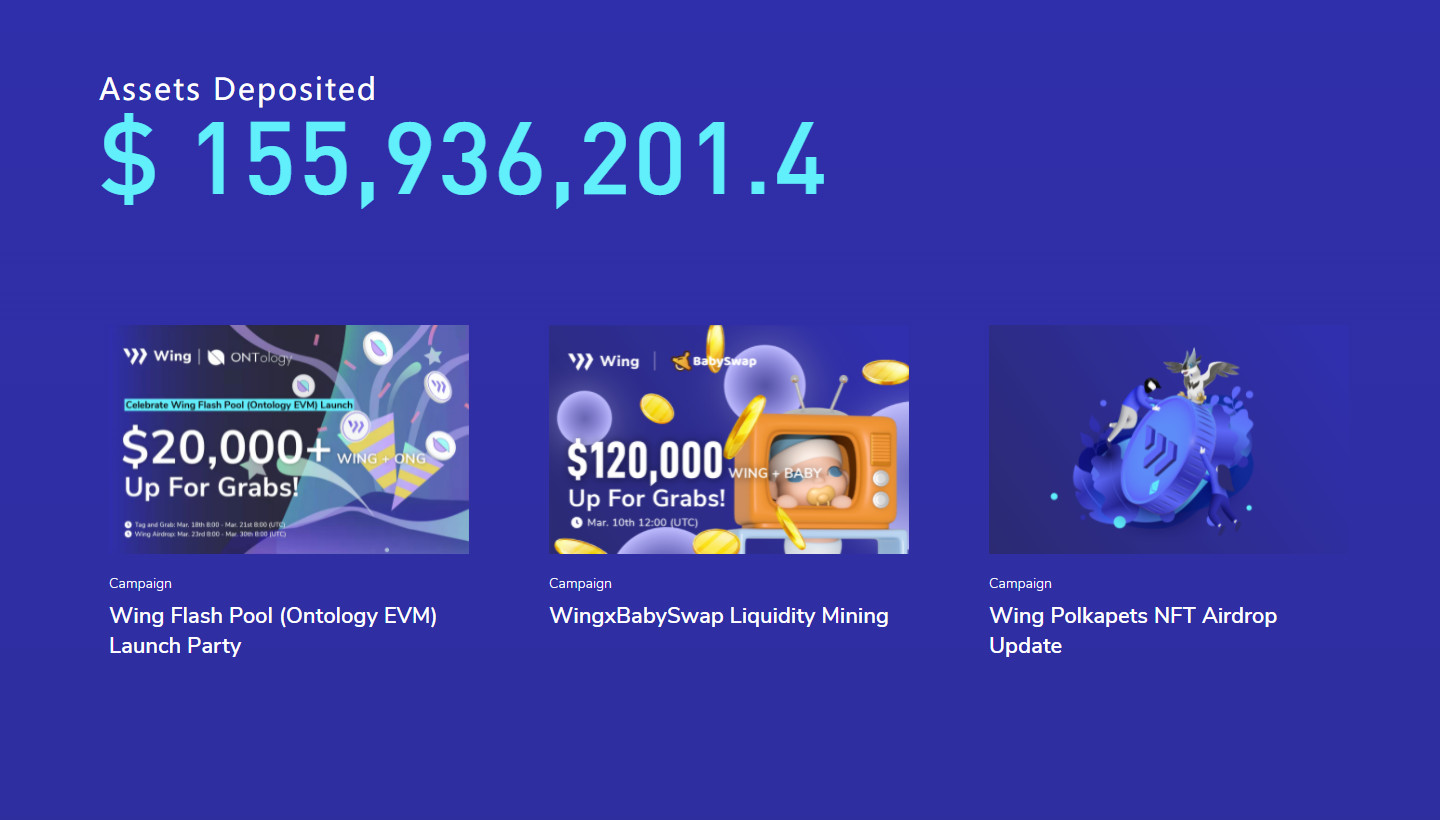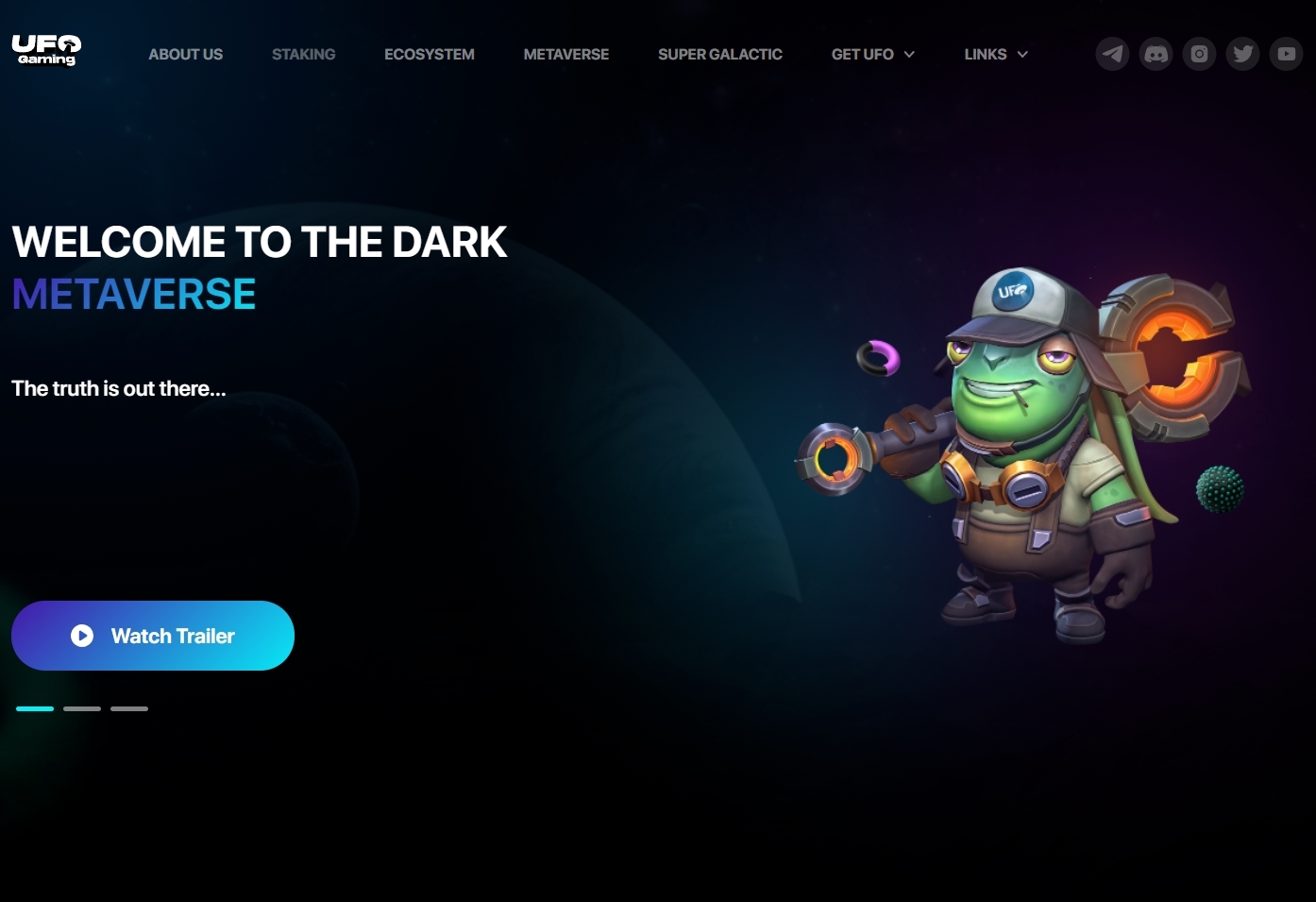2022-6-30 16:00 |
In this episode of Be[in]Crypto’s Video News Show, host Juliet Lima goes into detail about what exactly happens during a Bitcoin transaction.
At its most basic level, a Bitcoin transaction is simply a transfer of value between two wallets. This transfer that occurs is recorded on the Bitcoin blockchain. To send money from a bitcoin wallet, the sender must “sign” the transaction with his or her private key, which represents proof of ownership of funds.
Essential componentsThere are three main parts to any Bitcoin transaction. First, an input, which can be through of as the record of the sender’s address. Next, an amount, that being the specific amount of Bitcoin being sent over the network. And finally, an output, or the wallet address where the Bitcoin is being sent, also known as the public key.
When first trying to send Bitcoin, it is important to have the public key, which hashed serves as the address of the wallet holding the Bitcoin, and the private key associated with the specific amount of Bitcoin trying to be sent. These to some extent function like a password and a username.
When trying to send Bitcoin to a friend, after determining the amount to be sent, the sender uses their private key to sign off on the transactions. The message is then sent to the Bitcoin network, containing the input (the initial address), the amount (how much is being sent), and the output (the friend’s address). The transaction is then broadcast to the bitcoin network. Miners verify that your keys can access the funds you are claiming to control.
Since Bitcoin runs on a public blockchain, all Bitcoin addresses are publicly available, anyone can determine how much Bitcoin is being stored at that address. Yet, nobody can move the funds at that address without permission, or the private key.
Important properties of transactionsHaving explained some essential components to Bitcoin transactions, Juliet explains a few more important components. The first one being that they are irreversible. Coins cannot be returned once transactions are completed. There is no customer service available to reverse the transactions. Consequently, it’s important to take the time to learn about all the responsibility that comes with using Bitcoin.
Second, Bitcoin transactions are pseudonymous, meaning that transactions and wallets on the Bitcoin network aren’t connected to actual human identities. There is no signup or registration process required in order to be allowed to use the network. It’s completely open and permissionless.
However, transactions can ultimately become de-anonymized. Know-your-customer and anti-money laundering laws in many countries have enabled a burgeoning chain analysis industry that can track and analyze the flow of transactions over the network, sometimes even connecting them to real world identities.
Third, cryptocurrencies operate on a global scale, much faster than the current financial system. The Bitcoin network is composed of computers all around the world, and a transaction is conducted almost instantaneously. There is no middle man, nor border to stop you.
Fourth, they are secure. All the funds in Bitcoin are locked into a cryptographic system. When the funds get sent out, they are first broadcast to the network, where miners confirm their validity before adding them to the blockchain.
Transaction verification and how it worksRoughly every 10 minutes, a new block is added to the bitcoin blockchain. But how does verification work exactly?
Once you sign off on a transaction with your private keys, the transaction is then sent out into the mempool, where it will then linger until it is picked up by a miner. A mempool is simply a waiting area for transactions verified by a node, pending until a miner picks it up and inserts it into a block.
If a transaction is not picked up by a miner, it will remain in the pool of unconfirmed transactions, basically a list of transactions waiting to be verified. The transactions that miners do pick up from these pools are then formed into a block, which is a collection of transactions sent out to the network.
Before a transaction is included in a block, the miner has to ensure that the transaction is valid. They are able to do this by checking to see if there are sufficient funds in the sender’s wallet to execute the transaction.
Once the transaction is added to the block, the miner must find a signature before it can add the block to the blockchain. This is done through the proof-of-work algorithm that allows miners to find an eligible signature for the blocks by solving complex mathematical problems.
Once the miner finds the eligible signatures, it broadcasts the block and the signature to other Bitcoin miners. The other miners also verify the legitimacy of the signature. If the signature is valid, a consensus is reached, and the block is included in the blockchain. Once the block is added to the network, it is then distributed to the nodes, which save it to their transaction data.
After a block has been added to the blockchain, other blocks added after count as confirmation for that block. For instance, if your transaction was included in block 400, and the blockchain is now 403 blocks long, your transaction in block 400 would now have three confirmations. The term confirmation is used because each time miners add a new block on top of it, the blockchain must reach consensus again on the block and the transactions in it.
You can use something called a block explorer to track bitcoin transactions, and most wallets will let you know if your transaction has been confirmed on the blockchain. Transaction confirmations are ideally confirmed in a matter of minutes, however if the network is unusually busy or a very small miner fee was attached, you may end up waiting longer. A miner fee is an incentive for miners for the work done verifying all the transactions.
You can look up the current fees by searching for the Bitcoin mempool. There are numerous sites that will give you an accurate current fee price, that way you don’t over or under pay for your transaction on the Bitcoin network.
Currently, the Bitcoin network has a max block size of one megabyte. This limits the amount of data/transactions, and can cause the fees to increase substantially as everybody is fighting for limited space.
Pros and consThere are pros and cons to using Bitcoin. First among pros is autonomy. Bitcoin allows the transfer of money while maintaining anonymity, at least in theory, which is something that traditional assets do not necessarily allow.
A second benefit is peer-to-peer transfers, meaning there is no middle man, and users have complete control over who they send your money to. A third is that there are no banking maintenance fees. Bitcoin users can store that for as long as they like without having to pay any maintenance fees to anyone. Finally, Bitcoin also benefits from low fees for international payments. If miner fees are paid, the transaction will be broadcast through the network, regardless of any border that the payment crosses.
On the flip side, Bitcoin also suffers from a few drawbacks. Foremost, transactions can be slow, particularly when the network is congested. Providing a great enough incentive for miners is essential, otherwise transactions could be bogged down, in extreme cases for days.
With cryptocurrencies just emerging as a new asset class, Bitcoin’s other cardinal sin is that it is still prone to wild price swings. This continues to be the case as Bitcoin struggles to maintain a $20,000 level after falling from nearly $70,000 at its peak last Nov.
The post Be[in]Crypto Video News Show: A Basic Guide on How Bitcoin Transactions Work appeared first on BeInCrypto.
origin »Show (SHOW) на Currencies.ru
|
|







